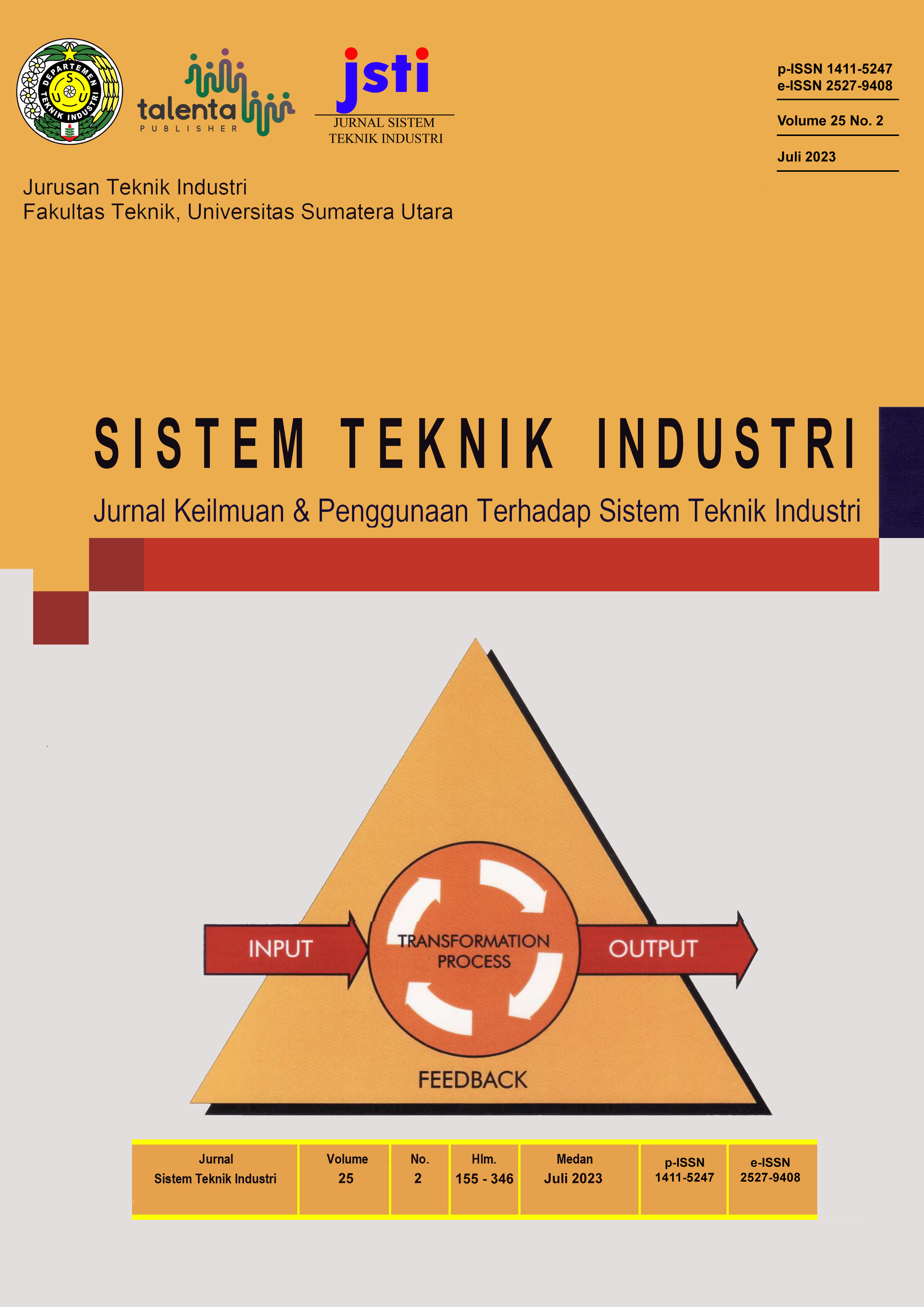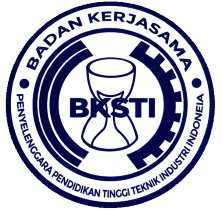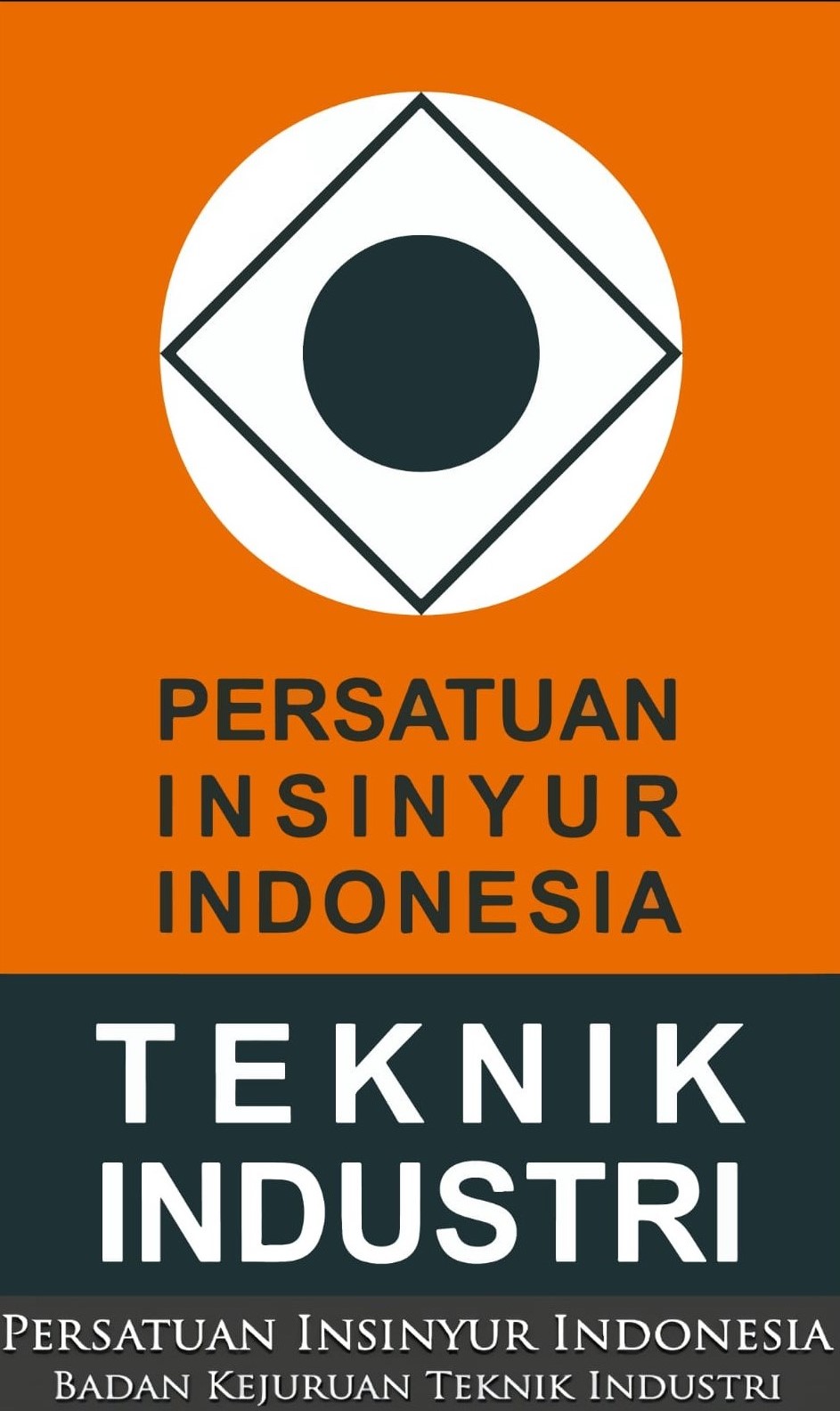Assessment of Business Process Maturity Model in Culinary SMEs as a Pre-Stage of Enterprise Resource Planning Implementation
DOI:
https://doi.org/10.32734/jsti.v25i2.11974Keywords:
BPM Maturity, ERP, ICT Maturity, SMEsAbstract
The SMEs sector is predicted to have a surplus of ERP implementation projects in 2024, with 60% of the total implementation projects. However, the ERP implementation growth cannot be separated from the threat of project failure (35%) and project delays (55%). This study measured the maturity of business processes as a pre-implementation stage to reduce the risk of ERP implementation failure. The object studied was three culinary SMEs in Yogyakarta. This paper used McCormack’s theory of business process management maturity model, combined with the ICT maturity model developed by Pham. The assessment showed that the three SMEs were at the lowest level of business process maturity, the ad hoc level. Meanwhile, the ICT maturity varies from inactive to substantial. However, SME A had the eligibility to implement an ERP system but first needed to perform the business process re-engineering. The recommendations were designed for SME A to enhance its business process flow by proposing a business process based on the best practice process used by ERP system providers.
Downloads
References
J. Goldston, “The Evolution of ERP Systems: A Literature Review,†Int. J. Res. Publ., vol. 50, no. 1, 2020.
J. Van Decker and G. Leiter, “Magic Quadrant for Cloud Core Financial Management Suites for Midsize, Large, and Global Enterprises,†2021.
S. Katuu, “Enterprise Resource Planning: Past , Present , and Future,†New Rev. Inf. Netw., vol. 25, no. 1, pp. 37–46, 2020, doi: 10.1080/13614576.2020.1742770.
W. M. Ulrich and P. Newcomb, Information Systems Transformation: Architecture Driven Modernization Case Studies. Morgan Kaufmann, 2010.
A. Wong, H. Scarbrough, P. Chau, and R. Davison, “Critical Failure Factors in ERP Implementation,†AIS Electron. Libr., vol. 40, no. 1, pp. 1–15, 2005.
M. S. Hasan, Z. Ebrahim, W. H. W. Mahmood, and M. N. A. Rahman, “Factors Influencing Enterprise Resource Planning System: A Review,†J. Adv. Manuf. Technol., no. Spesial Issue iDECON, pp. 247–258, 2016.
P. T. Kale, S. S. Banwait, and S. C. Laroiya, “Performance evaluation of ERP implementation in Indian SMEs,†J. Manuf. Technol. Manag., vol. 21, no. 6, pp. 758–780, 2010, doi: 10.1108/17410381011064030.
R. Skrinjar and P. Trkman, “International Journal of Information Management Increasing process orientation with business process management : Critical practices ’ ˇ,†vol. 33, pp. 48–60, 2013, doi: 10.1016/j.ijinfomgt.2012.05.011.
H. N. Gandhi, “Analisis Tingkat Kematangan Proses Bisnis Perusahaan Garmen Kelas Menengah,†Institut Teknologi Sepuluh Nopember, 2017.
A. A. Garini, J. S. Informasi, and F. T. Informasi, “Penilaian Tingkat Kematangan Proses Bisnis Berbasis Enterprise Resource Planning : Studi,†vol. 6, no. 1, 2017.
P. H. G. Sibarani, “Analisis Tingkat Kematangan Proses Bisnis dan Kesiapan Teknologi Informasi Studi Kasus Usaha Makanan dan Minuman Mikro, Kecil, dan Menengah di Jawa Timur,†Institut Teknologi Sepuluh Nopember, 2018.
W. Utami et al., “Measurement of maturity of small medium agroindustry business processes in Jember , Indonesia,†in ICCGANT, 2019, pp. 1–11, doi: 10.1088/1742-6596/1538/1/012031.
A. S. Manggabarani, M. Miftah, and Alfida, “Analysis of Business Processes and Performance of Manufacturing MSMES in Village Cileles Lebak Banten,†Ilomata Int. J. Manag., vol. 2, no. 2, pp. 121–132, 2021.
Q. T. Pham, “Measuring the ICT maturity of SME,†J. Knowl. Manag. Pract., vol. 11, no. 1, pp. 1-14., 2010.
M. Grube and M. Wynn, “The Impact of SAP on the Utilisation of Business Process Management ( BPM ) Maturity Models in ERP projects The Impact of SAP on the Utilisation of Business Process Management ( BPM ) Maturity Models in ERP projects,†in eKNOW 2018 : The Tenth International Conference on Information, Process, and Knowledge Management The, 2018, pp. 115–121.
B. Jaeger, S. A. Bruckenberger, and A. Mishra, “Critical Success Factors for ERP Consultancies A case study,†Scand. J. Inf. Syst., vol. 32, no. 2, pp. 169–202, 2020.
A. Adetyan, D. P. Putra, F. Adiana, and S. I. Wahjono, “Upaya meningkatkan keberhasilan implementasi ERP untuk membangun keunggulan bersaing pada UKM surabaya,†in Seminar Nasional Hasil Peneletian dan Pengabdian kepada Masyarakat UNIPMA, 2012, pp. 116–124.
I. P. Silalahi, Daniel, E. P. Siagian, and J. Junaidi, “Pengaruh Enterprise Resource Planning (ERP) terhadap kinerja perusahaan Usaha Kecil Menentah,†J. Syntax Adminiration, vol. 3, no. 6, pp. 768–775, 2022.
J. Esteves-Souza and J. a. Paster-Collado, “Towards the unification of critical success factors for ERP implementations,†10th Annu. BIT Conf. Manchester, UK, p. 9, 2000, [Online].
Downloads
Published
How to Cite
Issue
Section
License
Copyright (c) 2023 TALENTA Publisher Universitas Sumatera Utara

This work is licensed under a Creative Commons Attribution-ShareAlike 4.0 International License.
The Authors submitting a manuscript do so on the understanding that if accepted for publication, the copyright of the article shall be assigned to TALENTA Publisher Universitas Sumatera Utara as the publisher of the journal.
Copyright encompasses the rights to reproduce and deliver the article in all forms and media. The reproduction of any part of this journal, its storage in databases, and its transmission by any form or medium will be allowed.



















